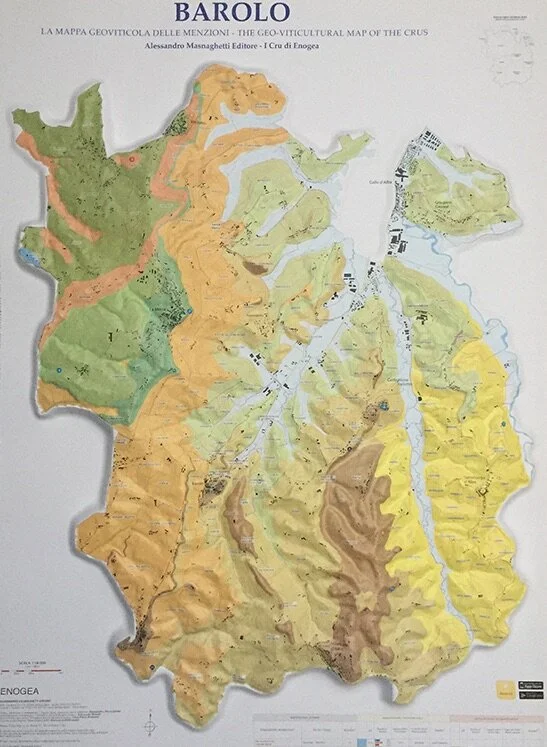A quick list to my top accommodations in Langhe wine region.
/by Amanda
Nestled in the rolling hills of Piemonte, the Langhe, Monferrato, and Roero regions is a haven for wine lovers, foodies, and seekers of serene beauty. Whether you dream of staying in a rustic Bed & Breakfast overlooking vineyards, a luxurious Relais & Châteaux, or a historic castle, Langhe has something for everyone. Here’s my guide to finding the perfect stay for your visit
My quick pick of favorite places to stay in the Barolo wine making area.
Village : Grinzane Cavour
Casa Pavesi
Taking its name from one of Piemonte’s most important authors, Casa Pavesi is a woman run boutique hotel perched on top of one of Barolo’s rolling hills in the historic village of Grinzane Cavour. The views from this hold restored home are breathtaking as well as the meticulously decorated rooms. You will not want to leave at the end of your stay, from this magical place.
https://www.hotelcasapavesi.it/
Village : Monforte d’Alba
Villa Gremì
Villa Gremì is a true gem in the heart of the Langhe. Nestled atop a hill in Monforte d’Alba, it offers sweeping views over the Barolo vineyards and the rolling hills beyond. The villa consisting of small apartments blends elegant design with the charm of the surrounding countryside, creating a peaceful and luxurious retreat. Whether you’re sipping wine on the terrace or waking up to the morning light over the vineyards, every moment at Villa Gremì feels special—a perfect base for exploring the beauty and flavors of Piemonte.
My quick pick of places to stay in the city of Alba, the home to the white truffle.
Village : Alba
Villa La Favorita
This absolutely beautiful 19th century country house located right outside of the town center. Is a perfect oasis of country living and relaxation centrally located in the center of two world class wine regions. Besides the house being stunning the hosts who run the property are some of the sweetest most accomodating people I know. A plus about this property is they also have e-bikes for their guests use.
Best places to stay in the Asti wine making region.
Village : Canelli
Relais Chateaux Villa del Borgo
This Relais was once an ancient monastery that was built in the historical part of the city Canelli in the XVIII century. This small hotel is perfectly located with stunning hill top views as well as all the luxuries that a Relais Chateaux has to offer. Patrizia is an amazing host with a great eye for details and splendid hospitality.
https://relaisvilladelborgo.com/en/
Village : Castagnole delle Lanze
Dimora Cortese
Located in the sleepy center of Castagnole delle Lanze, this 19th century mansion has been beautifully restored.
https://www.dimoracortese.it/en
Village : Costigliole d’Asti
Villa Pattono
This gorgeous villa located in the center of vine covered hills, for a peacefully and relaxing stay. Equipped with a helicopter pad, for easy and fast transportation to your next destination.
Village : Coazzolo
Agriturismo ed Mo
If you want to be submerged by the countryside then this is your place. Surrounded by vineyards amongst the rolling hills of the Langhe you find this quaint country house with only 3 rooms to rent. The owners are some of the sweetest hard working farmers that I know and love to visit here every chance I get.
Here are some of my top hotels to stay in the Barbaresco hills.
Village : Neive
Langhe Country House
Positioned in between the medieval towns of Neive and Castagnole delle Lanze, this restored farmhouse offers luxury and privacy. They are immersed in between hazelnuts, vineyards, and a lavender field. They have a beautiful pool with amazing views of the country side and the hosts could not be any nicer.
https://www.langhecountryhouse.it
Village : Treiso
Agriturismo Dai Grésy
This small luxury hotel is immersed in the vine covered hills of the Barbaresco wine area. Here you will find the simple luxuries of the countryside, in a beautifully restored country house. They have a wonderful spa onsite, as well as a pool surrounded by Barbaresco vineyards.
Village : Priocca
La’n’ge
A quaint and quiet oasis located in the Roero wine making region. This small bed & breakfast offers up one of the best breakfasts in the area and is close to cities like Asti, Alba, and Torino for day trips.
Ready to plan your trip to Langhe? Book a stay at one of these incredible accommodations and join me on a wine tour to explore the region’s best Barolo and Barbaresco vineyards. Contact me today!











